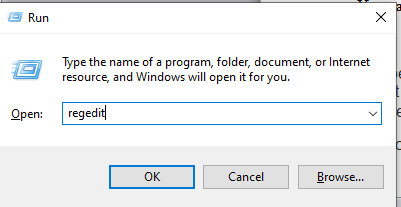
You will enter the Time & language settings.Īnd there are 3 items you can set: Date & time, Region & language, Speech.ģ. Click Windows icon in the taskbar, and then choose Settings icon to enter Settings window.Ģ. Unlike only displaying your time, it is totally up to you to add different and many a clock of different time zones to Windows 10 Desktop.ġ. In the first place, if you wish to show the clock on Windows 10 desktop within the system, you can head to Date and time settings to configure the inbuilt clock on your PC. Put a Floating Clock on Windows 10 Desktop Part 1: Add Desktop Clock to Windows 10 Display a Digital Clock to Windows 10 Desktopģ. Here for your convenience, this article will also show you how to put other personalized clocks on the Desktop of Windows 10, such as a large clock, a floating clock, and a digital clock.Ģ. So you need to follow up to display multiple time zone clocks on Windows 10 Desktop. In fact, due to the differences of the Time zone, time differences appear. Normally, you can check the time at the right bottom of Windows 10 Desktop, but more often than not, there is only the time for your own country or district. How to Display a Clock on Desktop Windows 10? Now get started to show clock on Desktop Windows 10 to make our life and work easier. And here is how you can add it.ĭepending on your needs, you can choose to put Windows Desktop clock or a digital clock or a floating clock or a large or small Desktop clock on Windows 10 desktop if you like to do so. In Windows 10, you can set a clock on the desktop. If you have friends or business partners across the world, set one or more different clocks will helpful when you communicate with them or send email to them. Plus a few touches unique to each model.How to Display a Clock on Desktop Windows 10? Desktop Clock Windows 10 Overview:

The five models offer a wide range of different characteristics that fundamentally affect the overall sound, giving you a broad palette to start with for your next riff, bass and pad.Īll five share common controls: waveform selection, octave range, mix or independent output volume controls, a noise source and plentiful modulation options. Like the filters, Diva’s oscillators are also modelled on classic hardware. All filters have modulation options and the traditional cutoff and resonance controls, but each has its character, quirks and options. (If you are interested, Urs wrote an in-depth blog post about ZDF.)ĭiva models five different filters found in classic hardware synthesizers.

With ZDF, the delays normally produced when modelling analogue circuits are vastly reduced, resulting in a much more authentic resonance behaviour. A combination of realtime circuit simulation and zero delay feedback (ZDF) design gives Diva its remarkable sound. The filters are at the heart of Diva’s analogue sound. One spirit, many flavours Oscillators and Filters


 0 kommentar(er)
0 kommentar(er)
